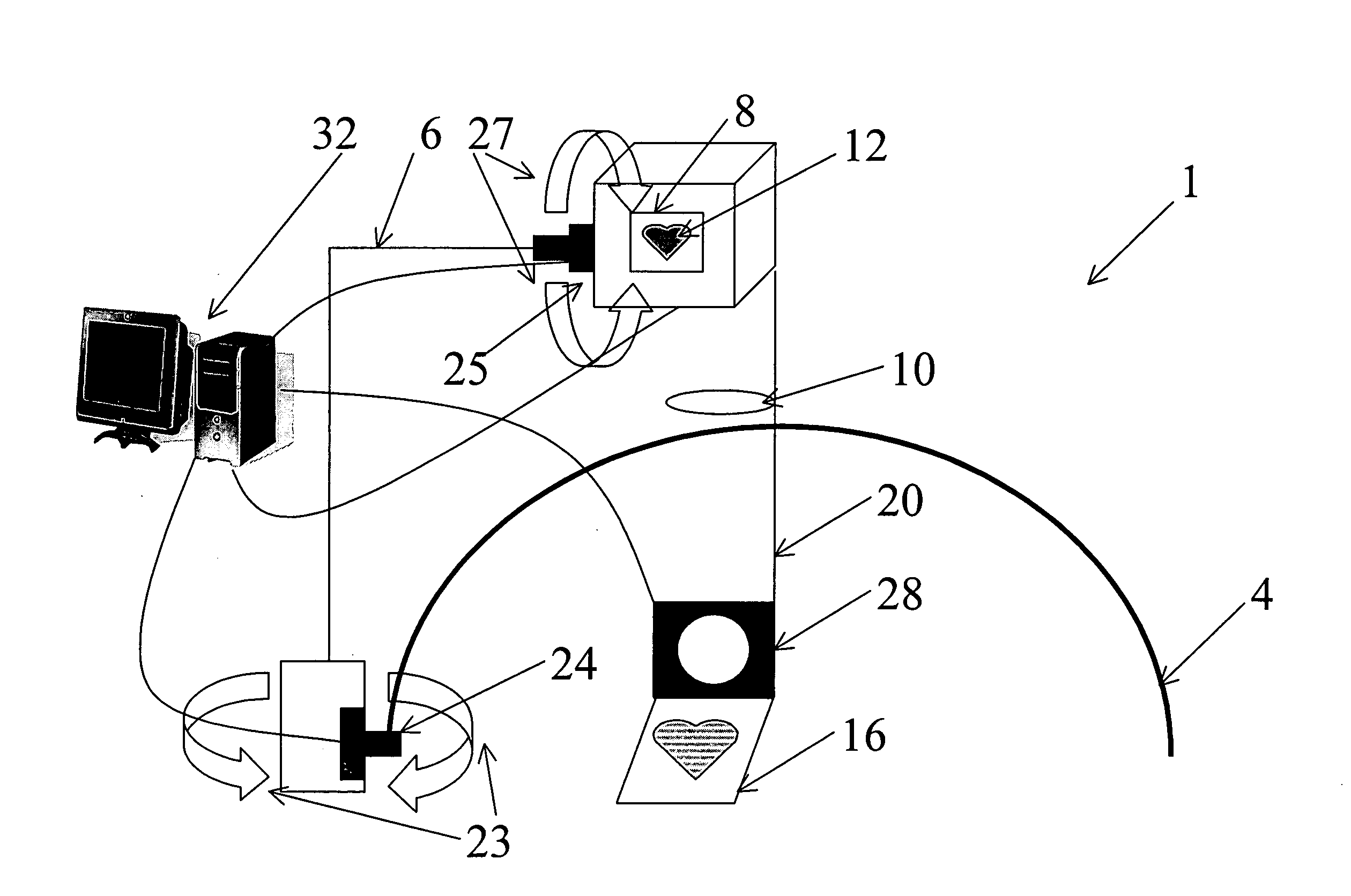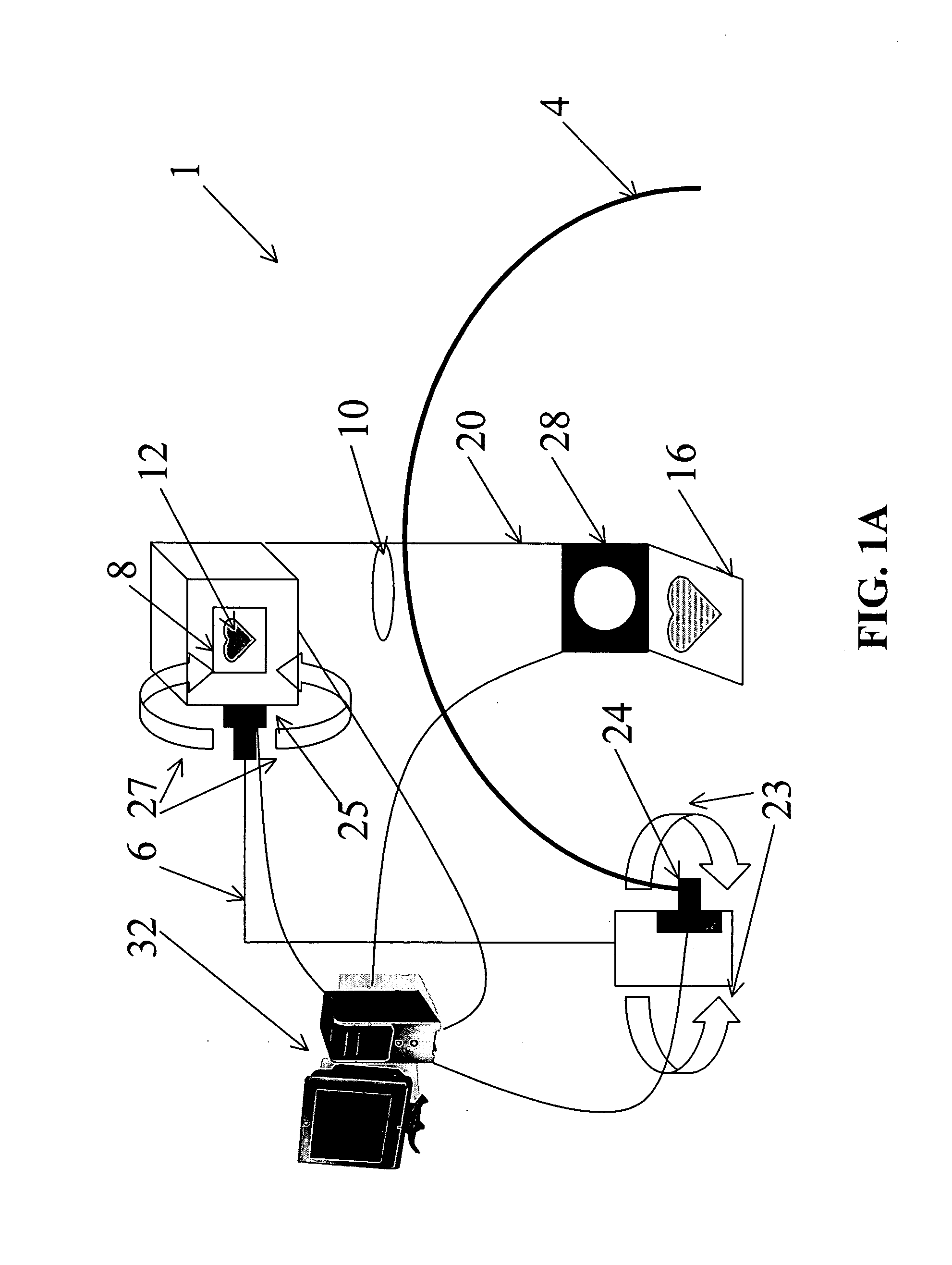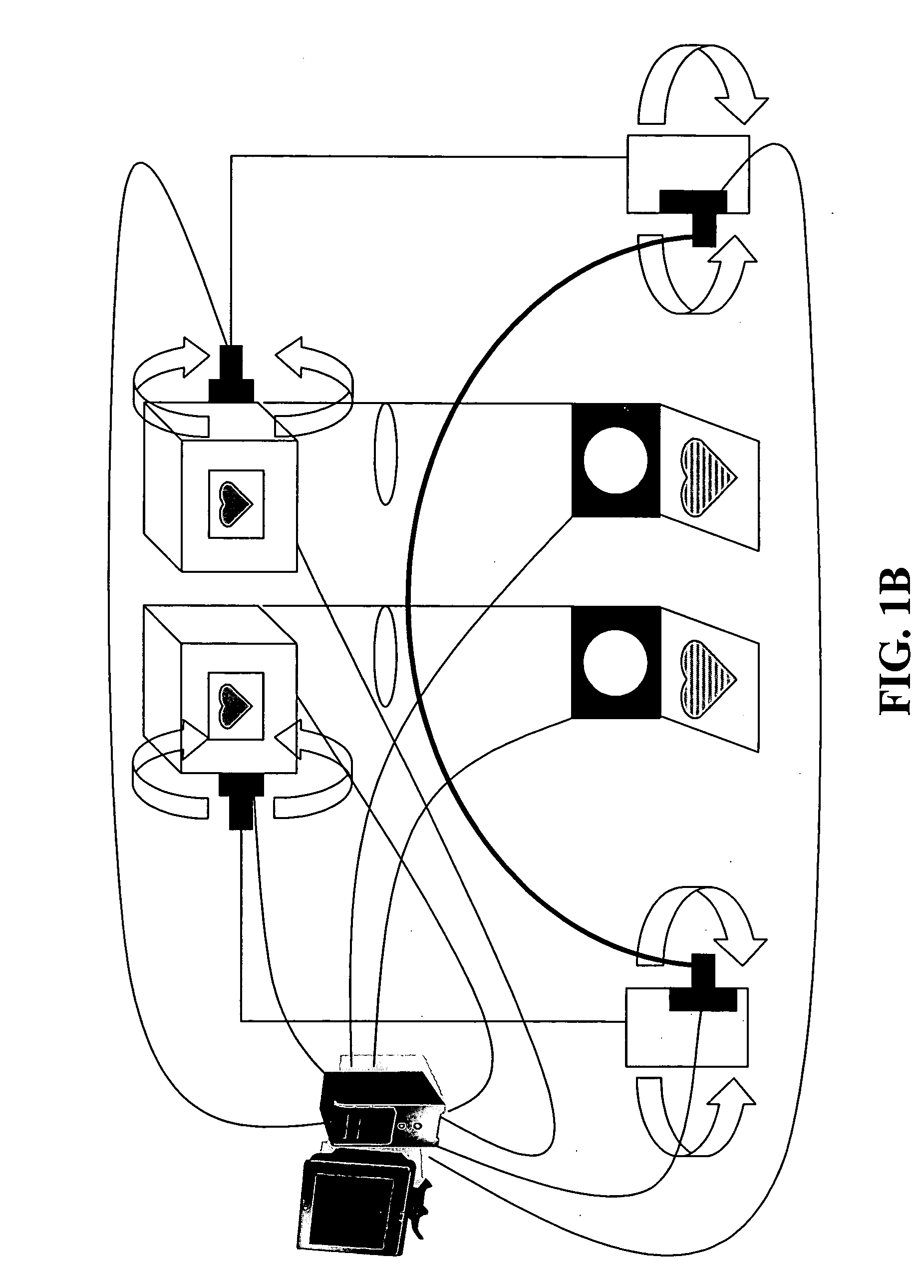Eye tracking head mounted display
a display and head technology, applied in the field of head mounted display systems, can solve the problems of unfavorable or difficult implementation of solutions, unfavorable use of huds, and unfavorable use of huds, and achieve the effects of easy maintenance, easy maintenance, and improved performan
- Summary
- Abstract
- Description
- Claims
- Application Information
AI Technical Summary
Benefits of technology
Problems solved by technology
Method used
Image
Examples
Embodiment Construction
[0047]As shown in FIG. 1A, a mount 4 is provided to connect the HMD 1 to a user. The mount 4 stabilizes the device relative to a user's head. Optionally, it can also allow the device to turn when the user turns his head. A mount can take the form of a hardhat, a helmet, a ball cap or other style of hat, a visor, glasses, goggles, a wire dome, nylon straps, or any other structure that can be secured to a user's head. A good mount provides a sturdy connection to the head while remaining lightweight, comfortable, superposable (capable of being placed over or under additional headwear or head mounts), and easy to put on and take off.
[0048]In FIG. 1A, a projector 8 is attached to the mount 4 by way of a first rigid element 6. The projector produces images 12 which are to be presented to the user. Various types of projectors may be used, including film projectors, digital light projectors, active or passive liquid crystal displays, and any display which can project an image onto a beam-sp...
PUM
 Login to View More
Login to View More Abstract
Description
Claims
Application Information
 Login to View More
Login to View More - R&D
- Intellectual Property
- Life Sciences
- Materials
- Tech Scout
- Unparalleled Data Quality
- Higher Quality Content
- 60% Fewer Hallucinations
Browse by: Latest US Patents, China's latest patents, Technical Efficacy Thesaurus, Application Domain, Technology Topic, Popular Technical Reports.
© 2025 PatSnap. All rights reserved.Legal|Privacy policy|Modern Slavery Act Transparency Statement|Sitemap|About US| Contact US: help@patsnap.com



